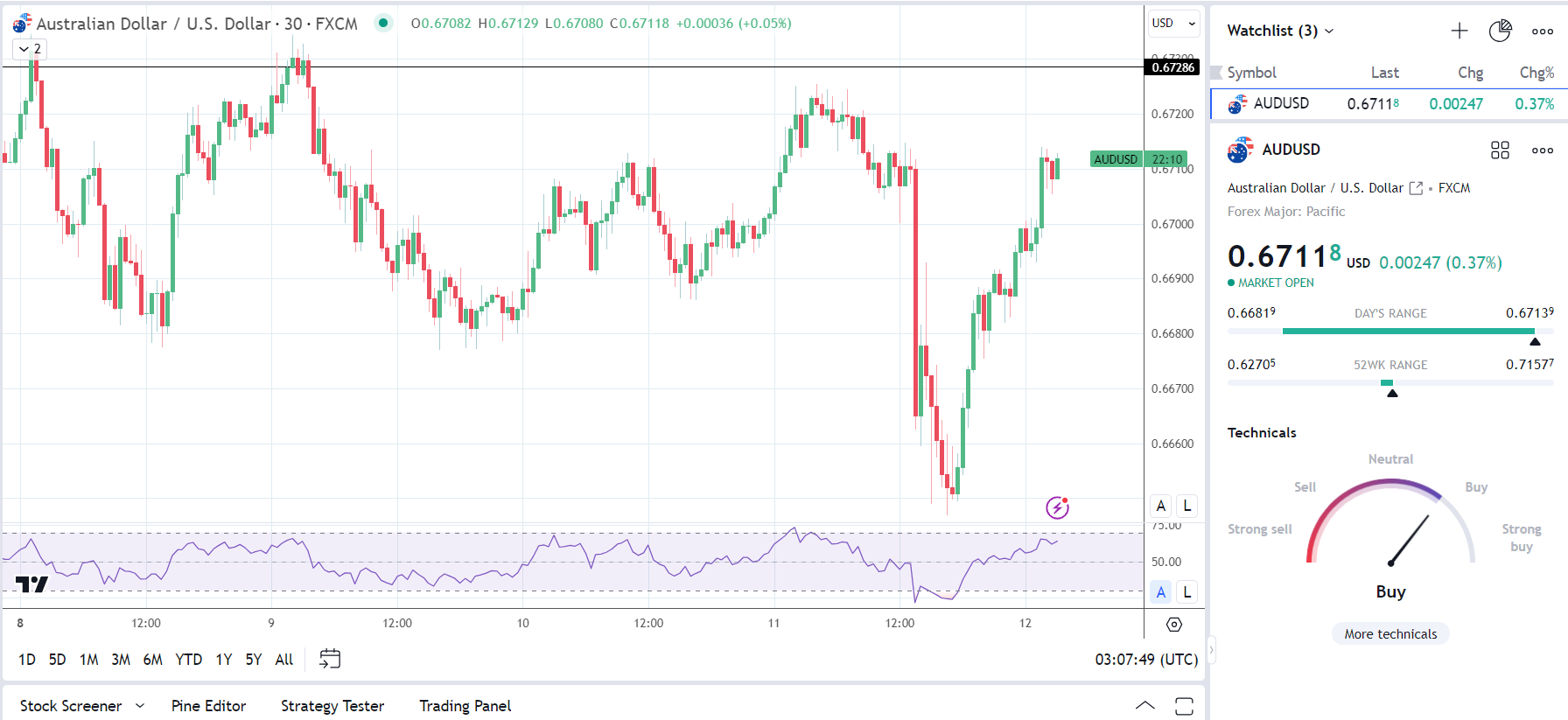
Investors showed interest in China's trade data, as exports increased, but there was little enthusiasm for imports, creating uncertainty in the near future.
On Friday, investors were intrigued by the inflation and trade data coming out of China.
Recent inflation data released during the Friday session indicates a positive trend. Consumer prices rose by 0.1% in December, following a 0.5% decrease in November, slightly below economists' projected 0.2% increase. On a year-over-year basis, consumer prices decreased by 0.3%, compared to a 0.5% decline in November, slightly under economists' anticipated 0.4% decrease.
Similarly, producer prices indicated a modestly improving demand environment. Year-over-year, producer prices fell by 2.7% in December, a slight improvement from the 3.0% decline in November, in line with economists' forecast of a 2.6% decrease in December.
Prior to the release of the statistics, the AUD/USD dropped to $0.66819 and then climbed to $0.67010.
Following the release of China's economic figures, the Australian dollar declined to $0.66973, then recovered, reaching a peak of $0.67139.
By Friday, the Australian dollar had gained 0.37%, settling at $0.67118.

120124 AUDUSD 30 Minute Chart
This Friday, attention turns to U.S. producer prices, deemed by economists as precursors to consumer inflation. Increasing producer prices might indicate a demand surge. As producers transfer heightened costs to consumers, this can impact perceptions regarding the Federal Reserve's interest rate objectives.
Projections suggest a 1.3% annual rise in producer prices for December. This follows a 0.9% increase observed in November.

Subscribe to our daily newsletter and get the best forex trading information and markets status updates
Trade within minutes!
Comment (0)